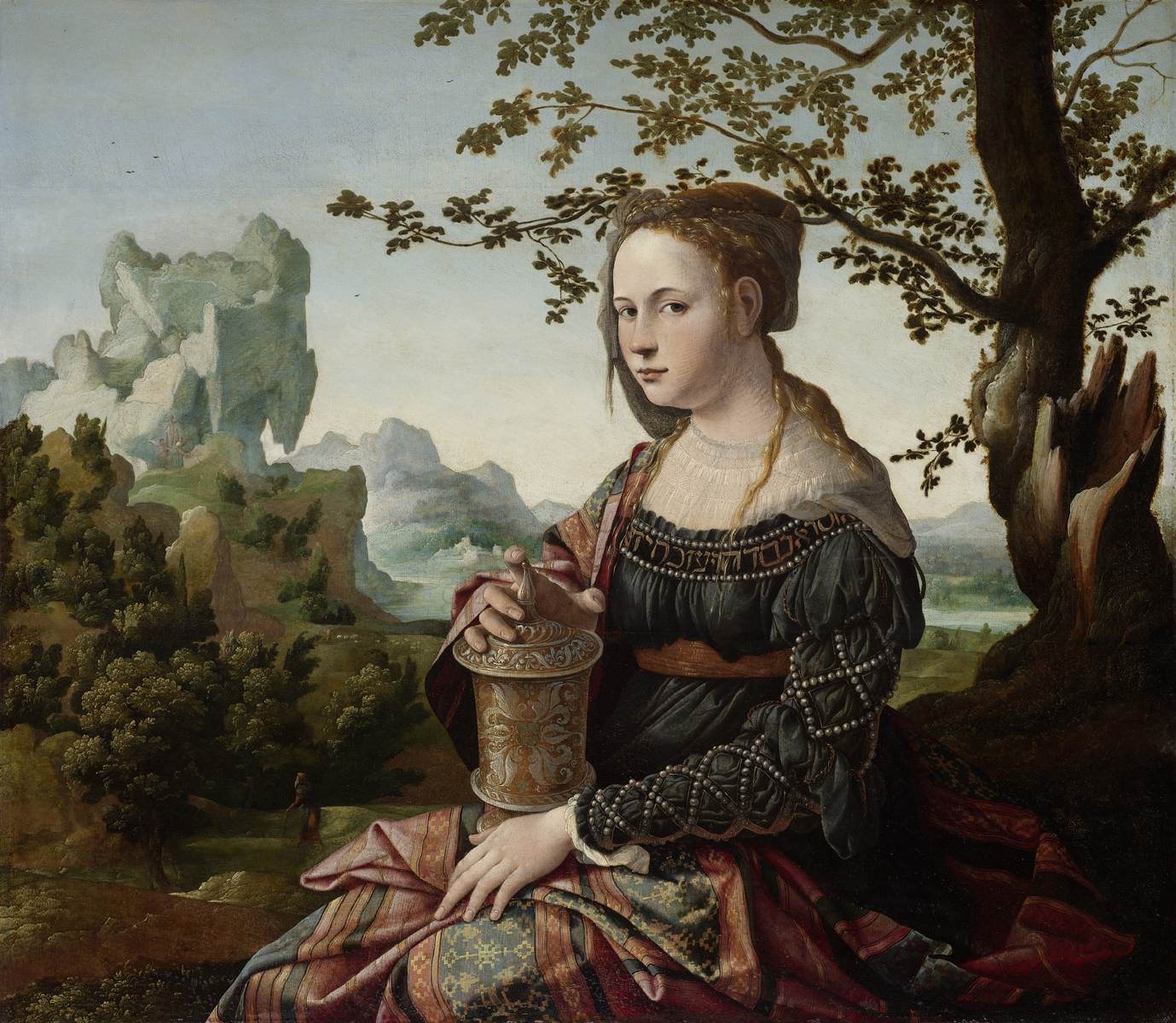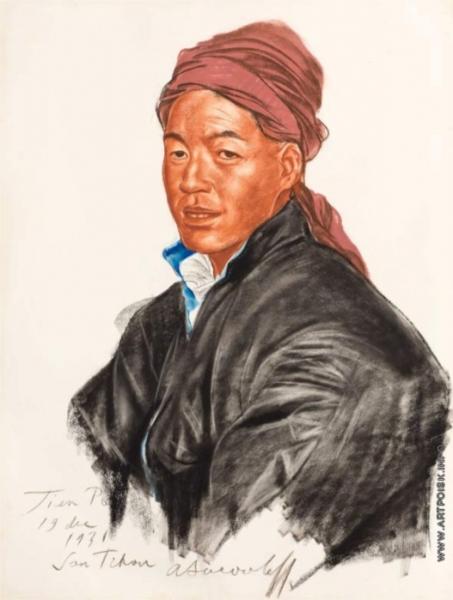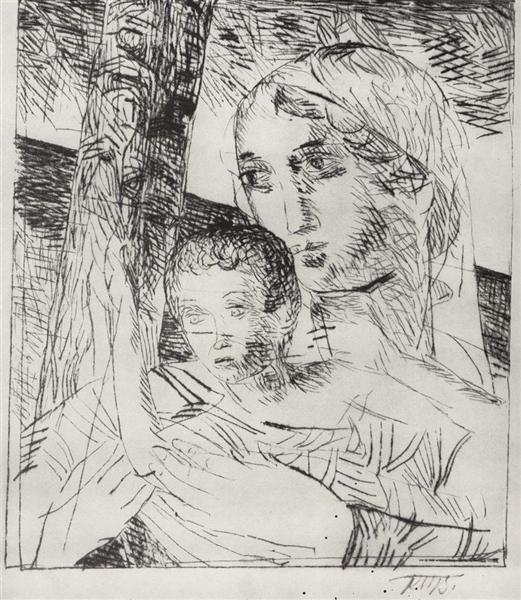Description
Frida and the Cesarean Section: A Journey through Pain and Hope
The painting Frida and the Cesarean Section is a masterpiece by the Mexican artist Frida Kahlo, who is distinguished by her ability to capture her physical and emotional pain on canvas. This painting, made in 1931, is a testament to Kahlo's struggle with infertility and her frustrated desire to be a mother.
The composition of the painting is a mixture of surrealism and magical realism, styles that Kahlo adopted to express her personal experiences and her vision of the world. In the painting, we see Frida in a hospital bed after a botched cesarean section. At her side, a nurse holds a dead baby, while in the background, a series of female figures observe the scene with expressionless faces.
The use of color in this painting is particularly notable. Kahlo uses red and orange tones to represent the blood and physical pain of the operation, while the blue and green tones in the background and on the female figures represent hope and life. This contrast of colors reinforces the duality of life and death, a recurring theme in Kahlo's work.
The characters in the painting also have a deep meaning. The nurse holding the dead baby can be seen as a representation of modern medicine, which was unable to help Kahlo conceive. The female figures in the background, on the other hand, can be interpreted as Kahlo's ancestors, observing her suffering with a mixture of sadness and resignation.
One of the lesser known aspects of this painting is that it was made during a period of great turbulence in Kahlo's life. At the time, she was dealing not only with her infertility, but also with a tumultuous marriage to famous muralist Diego Rivera. This personal context adds an additional layer of meaning to the painting, as it reflects Kahlo's struggle to find happiness and contentment in the midst of adversity.
Frida and the Cesarean Section is a work of art that challenges the viewer to confront the reality of human suffering, while celebrating resistance and hope. Through her bold use of color, intriguing composition, and personal narrative, Kahlo invites us to share her journey through grief and hope, and to reflect on our own experiences of life and death.











